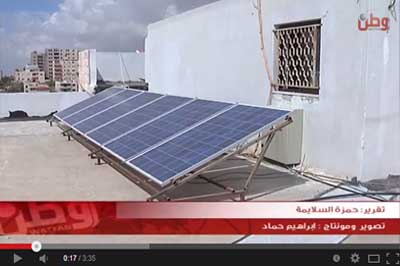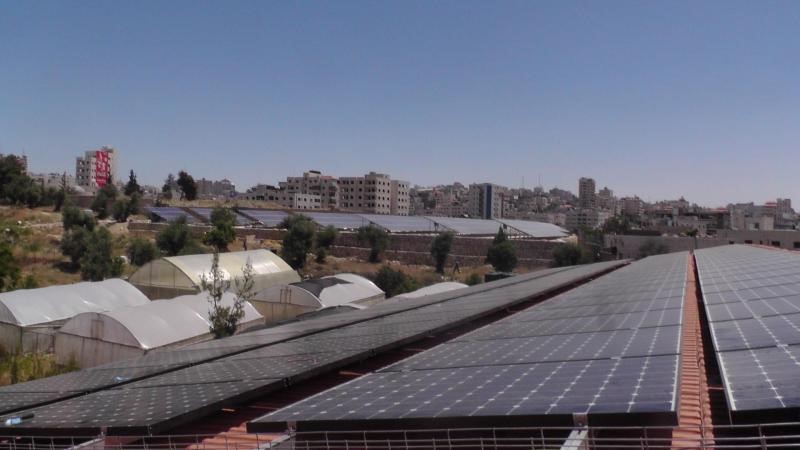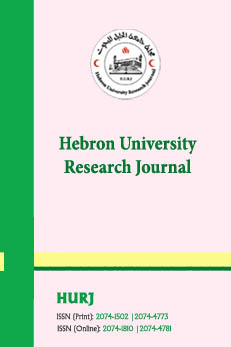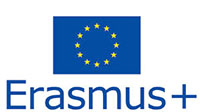SDG 7: Affordable and Clean Energy
The Sustainable Development Goal 7 (SDG 7) is focused on ensuring that everyone has access to affordable, dependable, sustainable, and modern energy. Hebron University has committed to supporting inexpensive and clean energy in Palestine. Energy is essential for advancing economic development, maintaining environmental sustainability, and raising living standards. To accomplish this, Hebron University, which is in Palestine, understands how important clean energy and energy efficiency are. The university is actively involved in projects that encourage the use of renewable energy, improve energy efficiency, and contribute to a future with more sustainable energy sources.
Current projects:
- Renewable energy Tent, Green Hall.
- Weather data Registration.
- Electrifying Rawaeen Village , Mosque and school using solar Energy in cooperation with EWB-Palestine.
Latest Implemented Projects:
- Fakhit and Tabban Communities, south mount Hebron, 12KWp solar energy four Centralized systems – 30 families, cooperation with ACF
- Hebron University Solar street lighting: Nine LED street light with total consumption of 5KWh\day solar system to feed 400 meter street length.
- Hebron University Renewable Energy Green Tent: 4.5 Kwh daily Energy can be consumed، Hybrid System Solar and wind energy.
- Solar cooker
- Supplying Rawa’een Mosque and School with Solar Energy, cooperation with EWB-Palestine.
Lighting Hebron University with solar energy at a cost of one million two hundred thousand dollars

Hebron University Footprint
In the Palestinian city of Hebron, Hebron University is a renowned institution of higher learning that has long served as a center for education. It has a long history and a strong dedication to providing its students with a top-notch education. Hebron University's operations and activities, like those of any academic institution, have effects on the environment as well as its immediate academic community.
The significance of assessing Hebron University's environmental impact resides in the broader context of sustainability and accountable stewardship. Every organization, including educational institutions, must play a proactive role in reducing negative effects and supporting sustainable practices as our world faces enormous problems relating to climate change, resource depletion, and biodiversity loss.
We may learn more about a few important topics by investigating Hebron University's environmental impact, including:
- Universities use a significant quantity of energy to run its buildings, labs, and other facilities. The institution's carbon footprint can be greatly reduced by recognizing the sources of this energy and striving for higher efficiency.
- trash management: Paper, plastic, and electronic trash are all produced in large amounts by educational institutions. By implementing sound waste management practices, pollution can be reduced, and recycling and responsible disposal can be encouraged.
- Green Spaces: There are probably green areas and gardens on the campus of Hebron University. These spaces can be preserved and expanded to improve air quality, preserve wildlife, and improve the campus environment.
- Curriculum and Research: Assessing the environmental impact of the university also involves evaluating how environmental topics are integrated into the curriculum and the level of research dedicated to environmental issues. Encouraging education and research in sustainability-related fields can empower students and faculty to address real-world challenges effectively.
- Community Engagement: Universities have the potential to influence their local communities positively. Promoting environmental awareness and collaborating with neighboring communities on sustainability initiatives can create a broader impact beyond the campus boundaries.
- In conclusion, examining the environmental impact of Hebron University is essential for fostering a culture of sustainability and responsibility. By acknowledging its influence on the environment and taking measures to minimize negative effects, the university can play a pivotal role in nurturing a generation of environmentally conscious individuals. Emphasizing sustainable practices within the institution not only benefits the planet but also sets an inspiring example for students, faculty, and the wider community. Together, we can build a more environmentally friendly and sustainable future for Hebron and beyond.
Sustainable energy action plan (SEAP) Municipality of Hebron - Palestine –
Strategic vision
1.1.Municipal strategy The development of a municipal strategy – in consultation with elected officials and other local stakeholders – that is endorsed by the municipal council is critical for the effective implementation of national policy at the local level. The strategy, which comprises quantifiable objectives, is the basis for developing actions and measures to reduce energy consumption and integrate renewable energies in the territory.
Project stability: To support the project development, its permanent improvement and refinement, the team will identify external actors with specific expertise, such as university researchers, companies or NGOs that could help strengthening the dynamic of the SEAP. The implication of specialized university researchers can contribute to the development of projects through studies and the integration and transferability of new technologies. The sustainable energy team also contributes to the understanding of and gives visibility to energy management in municipal property and buildings. The team must ensure the coherence of the overall municipal policy and all energy and renewable energy management actions
Team missions include: - Educating users about the implementation of the municipal policy on sustainable energy management. - Training the technical personnel in charge of the service and ensuring the maintenance of renewable energy facilities. - Communicating the results of implemented actions to municipal personnel and inhabitants.
Solar PV on all public buildings and available public spaces / PRIORITY ACTION #6 The plan is to develop solar PV units connected to the grid wherever possible and appropriate. A rough inventory demonstrates that close to 60.000 square meters could be equipped only using buildings roofs. This includes Municipality buildings, schools, university, marketplace, warehouses, bus terminal, etc.
Roles and responsibilities: Municipality employees and university students for part time jobs.
Renewable Energy Unit (REU) - Hebron University






